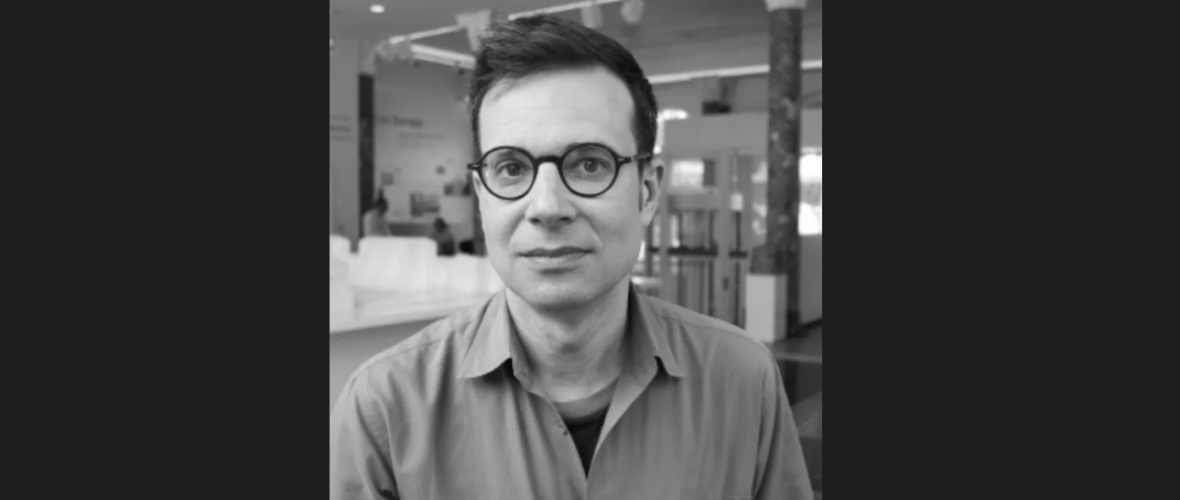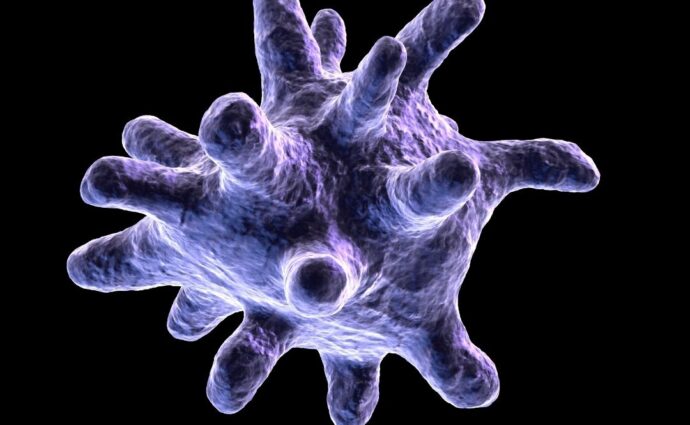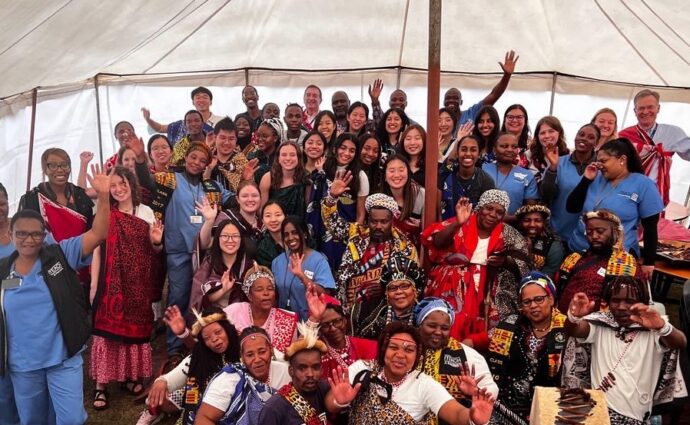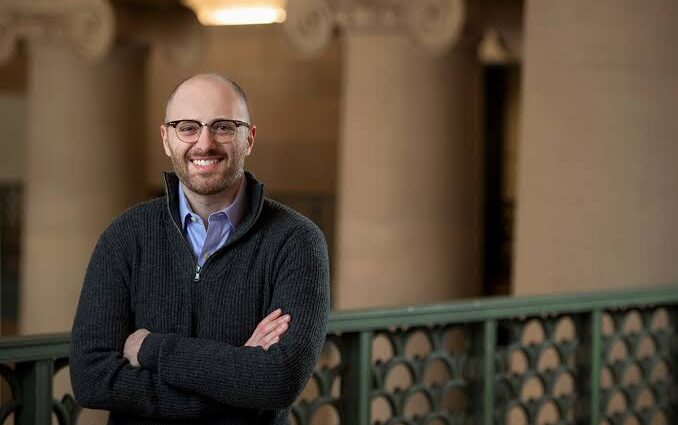Date: January 19, 2023 By: Brigham Clinical & Research News

Antiretroviral drugs have transformed the treatment of HIV/AIDS, extending the lives of patients and rendering a once deadly disease into a chronic, manageable condition. But currently available treatment does not cure HIV infection – instead, the virus persists lifelong, and antiviral treatment needs to be taken indefinitely to suppress the virus. HIV-1 reservoir cells – infected cells that are highly durable – are one of the reasons HIV remains so difficult to cure since they cannot be eliminated by currently available antiretroviral agents. While these cells may not actively produce new virus, they give HIV a safe harbor in which to hide, potentially for years, and become active again. Mathias Lichterfeld, MD, PhD, is a member of the Ragon Institute and a staff physician in the Infectious Disease Division at Brigham and Women’s Hospital. The Lichterfeld lab studies samples from patients with HIV to learn about HIV-1 reservoir cells. The team uses techniques such as single-cell assays and bioinformatics to evaluate the susceptibilities and vulnerabilities of these cells. The lab recently published two papers, one in Cell Host & Microbe and a second in Nature, revealing key insights into how HIV-1 reservoir cells may resist human immune responses and how long-term antiviral therapy may shape viral reservoirs, respectively.
Lichterfeld answered questions about the new research, the future of treatment and the work of his lab.
There has been phenomenal progress made in treating HIV, but there is more we want to do for our patients. Taking one pill a day can help suppress HIV, but this treatment does not get rid of the disease entirely. For other infectious diseases, we can eliminate a viral infection or bacterial infection through a short course of treatment. But for HIV, that course of treatment may extend across the rest of a person’s life. This is especially challenging for people who are infected at a young age and for whom antiviral treatment can be very challenging. We’ve previously published research on neonates—babies who are born HIV positive—and on teenagers and young adults who may face decades of treatment. One concern is about cumulative toxicity and whether this could build up over time. Another is that most treatments are designed for adults and are not well adapted for infants who cannot simply swallow a daily pill.
Finding a path to a cure for HIV has been challenging—far more challenging than for other infectious diseases. In the case of hepatitis C, for instance, we went from not having a treatment to have a way to easily and effectively rid the body of the virus. We’re not there yet for HIV, but there’s reason for optimism. We know that a small portion of people infected with HIV are able to mount an immune response that controls the infection—we call these persons elite controllers. And we’ve seen cases where the immune system completely eliminates the virus—we call this phenomenon a sterilizing cure. So we have evidence that, in principle, the immune system may be able to clear HIV. Now we have to find a treatment that helps it do so.
One paper shows that the duration of treatment seems to be very important. We hypothesize that given enough time, the immune system can detect and target cells that persist despite treatment. When people are on treatment for two decades, we see signs and footprints of an immune response and a selection process. We observed that over such extended periods of time, only a small subset of infected cells can persist – typically cells that harbor HIV in very unique positions in the human genome. We call these “block and lock” positions. When integrated in these “block and lock” positions, HIV may no longer be able to cause disease. Could this lead to HIV just not being functional any more? We’re very interested in that question. And we think this hypothesis could be true because of what we see in elite controllers. But time is an issue—it may take two decades to see these signs emerge. So what can we do to make that process faster and more effective, and what intervention could make it better?
The other paper tries to understand why this process is so slow. We look at the cell surface of reservoir cells to see what distinguishes them. We had to go through thousands of cells to find the ones we were interested in. These cells that persist despite antiviral therapy show surface markers that essentially communicate a “do not kill me” message to the immune system. This is probably one of the reasons the immune system fails to clear these cells–they’ve been selected because of their ability to persist forever and resist immune attacks. Understanding these mechanisms helps us figure out what we can do to support the immune system in more effective fighting these attacks.
We wouldn’t be able to gain these insights without people who live with HIV and participate in research projects. All of the work we do is with cells from research participants who have donated their cells. We don’t use animal models or cell cultures. These are samples that come to us directly from patients. That allows us to do a deep dive to learn more, and, we hope, find vulnerabilities and susceptibilities among HIV-infected cells. Some of our study participants have been working with us for 10 years or more. It’s a long-term relationship that we’ve developed. I like to think of it as immunology taught to us by the people who are living with HIV. We are so grateful to them and hope our discoveries will lead to better treatment.
Originally posted at Brigham Clinical & Research News

Researchers at the Ragon Institute, including faculty member Hernandez Moura Silva, PhD, recently published a paper in Science Immunology with significant findings regarding resident tissue macrophages (RTMs), shedding light on their multifaceted roles in organ health.

After three years off due to the COVID-19 pandemic, the Ragon-MIT course HST.434 returned this January to provide 24 students a once in a lifetime learning experience

Ragon core member and MIT associate professor of chemical engineering Brandon DeKosky, PhD, was one of five MIT faculty members recently awarded $25 million to take on Cancer Grand Challenges.